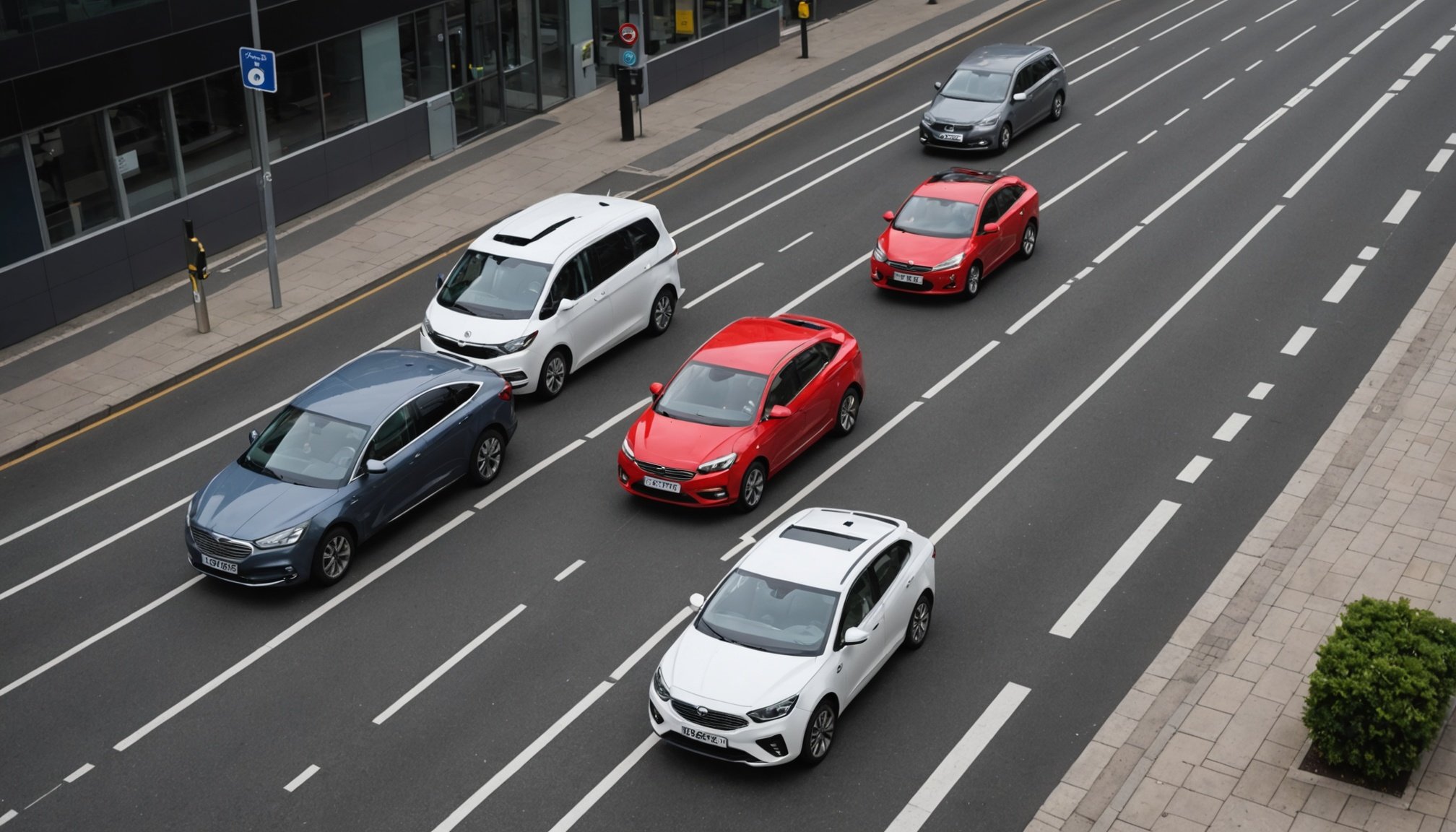The transition to autonomous vehicles is no longer a distant dream; it is rapidly becoming a reality. The UK government has made significant strides in embracing this technology, aiming to improve road safety and enhance the transport system. As drivers, the impending arrival of automated vehicles will undoubtedly impact your driving experiences and legal responsibilities. Understanding this transition is essential for ensuring a smooth adjustment to the new technology that will govern the vehicles on our roads. In this article, we will explore how you can prepare for this change, covering legal implications, safety precautions, and the evolving infrastructure.
Understanding Autonomous Vehicles
To prepare for the transition to autonomous vehicles, it’s crucial to grasp the underlying concepts of this technology. Autonomous or self-driving cars operate using a combination of sensors, cameras, and artificial intelligence to navigate without human input. The aim is to enhance safety, reduce accidents, and provide greater accessibility for all drivers.
Also to discover : What should UK drivers know about keeping their vehicles safe from theft?
The UK government has been actively involved in establishing regulations and guidelines for the deployment of automated vehicles. These regulations will dictate how drivers interact with their vehicles and the legal frameworks that will govern their use. It’s expected that fully autonomous vehicles will be classified in various levels of automation, ranging from assistance features to complete automation.
As drivers, you should familiarize yourselves with the specific levels of autonomy. For instance, Level 2 vehicles can assist with tasks like steering and acceleration, but they still require human oversight. In contrast, Level 4 vehicles can operate independently in certain conditions, relying on sophisticated algorithms to make decisions.
This might interest you : What are the best resources for UK drivers looking to learn more about vehicle technology?
Understanding these distinctions will help you adapt to the changing landscape of driving. Moreover, being informed about the government’s role in regulating automated vehicles will allow you to better anticipate how legislation may affect your legal responsibilities as a driver. Preparing for this shift means not only embracing new technology but also understanding how it will redefine your relationship with the vehicles you drive.
Legal Responsibilities and Drivers’ Responses
As the UK moves toward a future with autonomous vehicles, the legal framework surrounding driver responsibilities is a crucial topic. One of the main concerns for drivers is how current laws will adapt to include self-driving cars. By understanding these potential changes, you can prepare for your responsibilities on the road under the new system.
Currently, existing legal frameworks hold human drivers accountable for driving errors. However, as automated vehicles take the wheel, questions arise about liability. If an autonomous vehicle is involved in an accident, who is responsible? Will it be the driver, the vehicle manufacturer, or the software creator? The government is expected to address these issues as they develop laws to clarify these responsibilities.
In anticipation of these changes, drivers should start adjusting their mindset. Embracing technology means understanding that your role may shift. While you may still be required to take control in certain situations, the level of engagement needed could lessen significantly. This shift means that you’ll need to stay informed about your legal obligations and the expected responses to incidents involving automated vehicles.
Furthermore, the way you interact with your vehicle will change. Familiarizing yourselves with the operational features of autonomous cars will be essential. This knowledge will not only enhance your comfort but also ensure that you can respond appropriately in situations where the vehicle requires human intervention. Understanding these dynamics will prepare you for the evolving landscape of driving in the presence of autonomous vehicles.
Safety Measures and Driving Techniques
As we transition to a future with autonomous vehicles, safety remains a paramount concern. The introduction of automated cars aims to enhance overall road safety, but drivers must also take proactive measures to ensure their safety and that of others on the road.
One of the key aspects of preparing for autonomous vehicles is understanding how these machines perceive their environment. Automated vehicles rely heavily on sensors and software to navigate their surroundings. As a driver, it’s crucial to remain vigilant and aware of both your vehicle’s capabilities and limitations. This awareness will empower you to respond effectively if the technology encounters an unforeseen situation.
In addition, practicing defensive driving can be a valuable technique as we move toward a more automated driving environment. This involves being mindful of your surroundings, anticipating the actions of other drivers, and adjusting your driving style accordingly. While autonomous vehicles are designed to minimize human error, the reality is that they will share the road with human drivers who may not always adhere to safety protocols. Maintaining a cautious approach will serve you well.
Furthermore, the government is expected to invest in infrastructure to support the integration of autonomous vehicles into the transport system. This includes dedicated lanes, smart traffic management systems, and improved signage. Staying informed about these developments will help you understand how they impact your driving experience and expectations.
Ultimately, as the landscape of driving evolves, your commitment to safety will play a crucial role in the successful integration of autonomous vehicles. By adapting your driving techniques and remaining informed about safety measures, you will be well-prepared for this transition.
Adapting to New Infrastructure
With the advent of autonomous vehicles, changes in infrastructure will be necessary to accommodate this new mode of transport. As drivers, it is important to understand how your surroundings will evolve and what this means for your daily driving experiences.
The UK government has recognized the need for investment in infrastructure to support the integration of automated vehicles. This investment will include upgrading roadways, traffic signals, and signage to improve communication between vehicles and the road environment. For instance, smart traffic lights that can adapt to the flow of vehicles will enhance overall traffic efficiency and safety.
You should also be aware of how the introduction of autonomous vehicles may impact public transport systems. As these vehicles become more common, public transport may evolve to incorporate automated buses and shuttles. This shift could provide greater accessibility and convenience for commuters, transforming your daily travel routines.
In addition, as autonomous vehicles become more prevalent, you may notice changes in parking regulations and facilities. With the potential for automated parking solutions, traditional parking spaces may be redesigned to accommodate the unique needs of self-driving cars. This evolution will likely lead to more efficient use of space and better management of urban areas.
As drivers, staying informed about these developments will help you navigate the changing infrastructure effectively. By understanding how these changes will impact your driving experience, you can better prepare for the transition to an increasingly automated future.
Preparing for the transition to autonomous vehicles is essential as we approach an era of advanced driving technology. By understanding the implications of this shift, including legal responsibilities, safety measures, and evolving infrastructure, you can position yourselves to embrace the future confidently.
As the UK government continues to refine regulations and invest in the necessary infrastructure, being proactive in your approach to this change will serve you well. Embracing the advancement of technology doesn’t just mean adapting to new vehicles; it involves a mindset shift towards a safer and more efficient driving experience.
In conclusion, staying informed, practicing safe driving, and understanding your evolving role as a driver in this new environment will be key to navigating the transformation ahead. The roads of the future will undoubtedly look different, but with the right preparation, you will be able to embrace the benefits of autonomous vehicles.











